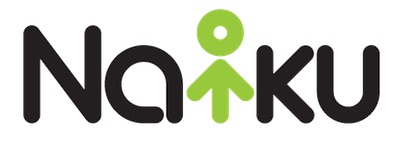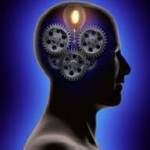In Naiku, metacognition is a big deal! I often wonder how metacognition came to play such an important role in the Naiku Assessment Platform. Is it because I spent roughly two years doing research on the feeling-of-knowing, an important metacognitive decision-making process (Nhouyvanisvong & Reder, 1998) as a psychology graduate student at Carnegie Mellon University and have subconsciously advocated for its inclusion in our assessment software? Or is it because metacognition, when students engage in these regulatory thinking processes, plays an important role in changing testing moments to learning moments (i.e., changing assessment of learning into assessment for learning)? I’d like to believe it’s the latter; but as a psychologist, I can’t deny nor confirm any subconscious activity. 🙂
Two Stages of Metacognition in Naiku
So, how is metacognition incorporated into the Naiku Assessment Platform? In Naiku, students engage in metacognitive thinking in two stages during the assessment process. In these two stages, student are asked to assess their ability and to compare this assessment to actual performance. In combination, these two processes help students make appropriate and necessary changes to their learning.
Prediction
In this first stage, students predict their capability to solve the problem. They do this by rating how confident they are in their answer. After answering each question (i.e., solving each problem), students predict how confident they are in their answer. If they are sure that they have solved the problem correctly, they rate their confidence as high. If they are unsure of their answer, they rate their confidence as uncertain. If they do not think that they have solved the problem correctly, they rate their confidence as low.
Reflection
In this second stage, students contrast their actual performance with their prediction. Through reflection, students contrast how they performed (whether they answered the question correctly or incorrectly) with their prediction (their confidence rating). Students reflect on why they answered the question correctly or incorrectly, choosing from one of six reflection tags. They also journal about these reflections to further enhance their learning.
Next Blogs
In the next two blogs, I will explore these two stages in detail. First, I will explore the importance of prediction and how it impacts student learning. I will then explore how reflection improves student learning.
References
Nhouyvanisvong, A. and Reder, L. M. (1998). “Rapid Feeling-of-Knowing: A Strategy Selection Mechanism.” In Yzerbyt, V. Y., Lories, G., Dardenne, B. (Eds.), Metacognition: Cognitive and social dimensions (pp. 35-52). London: Sage.


